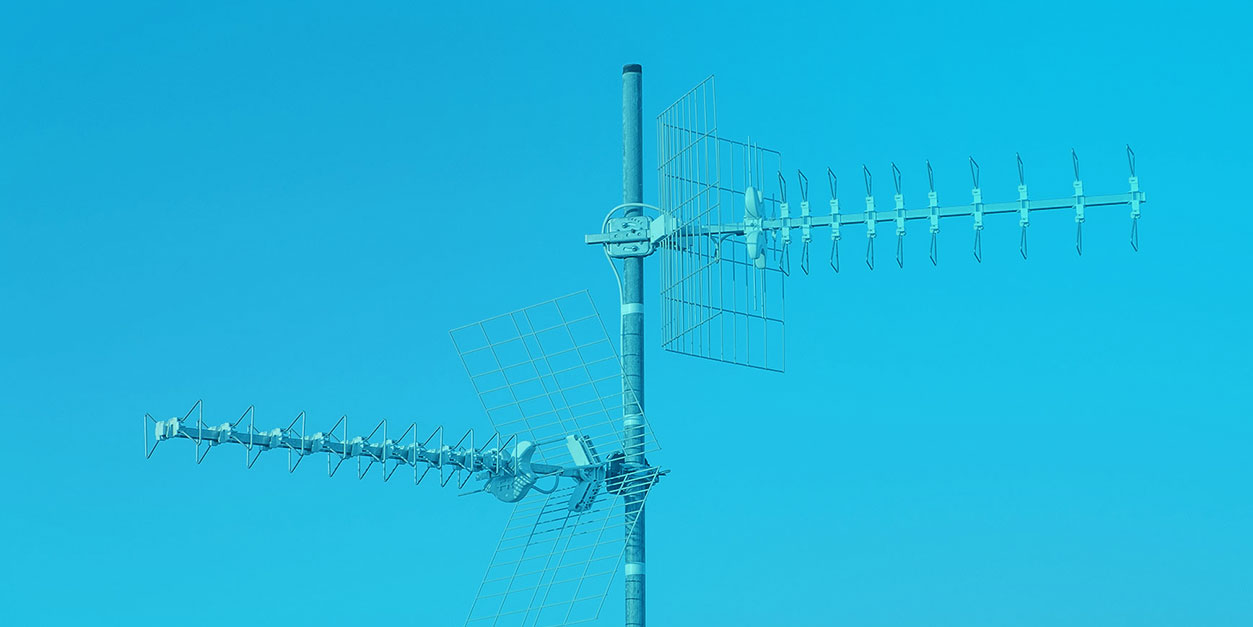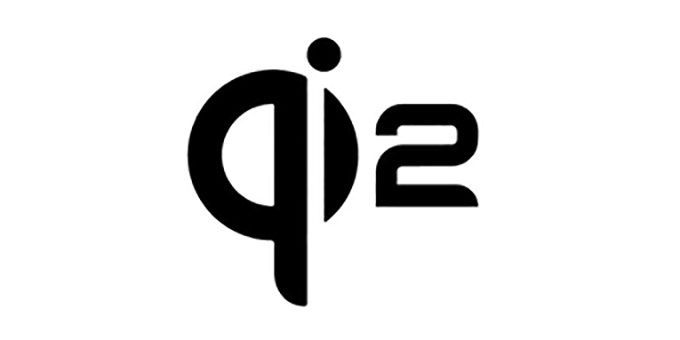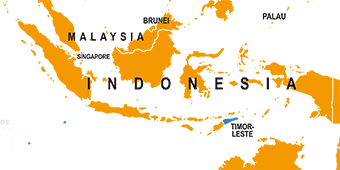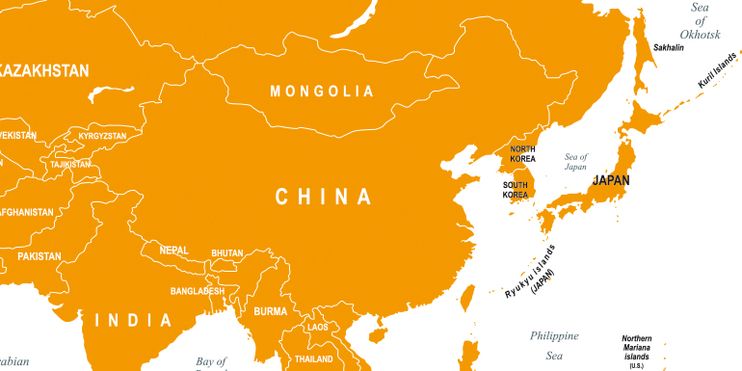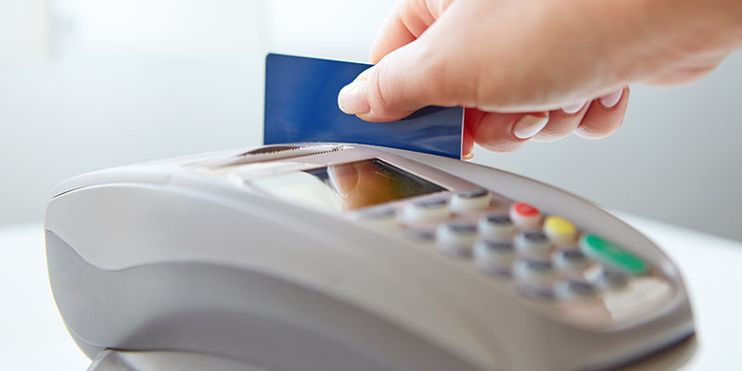Introduction of the Qi2 standard
– The new generation of wireless charging technology
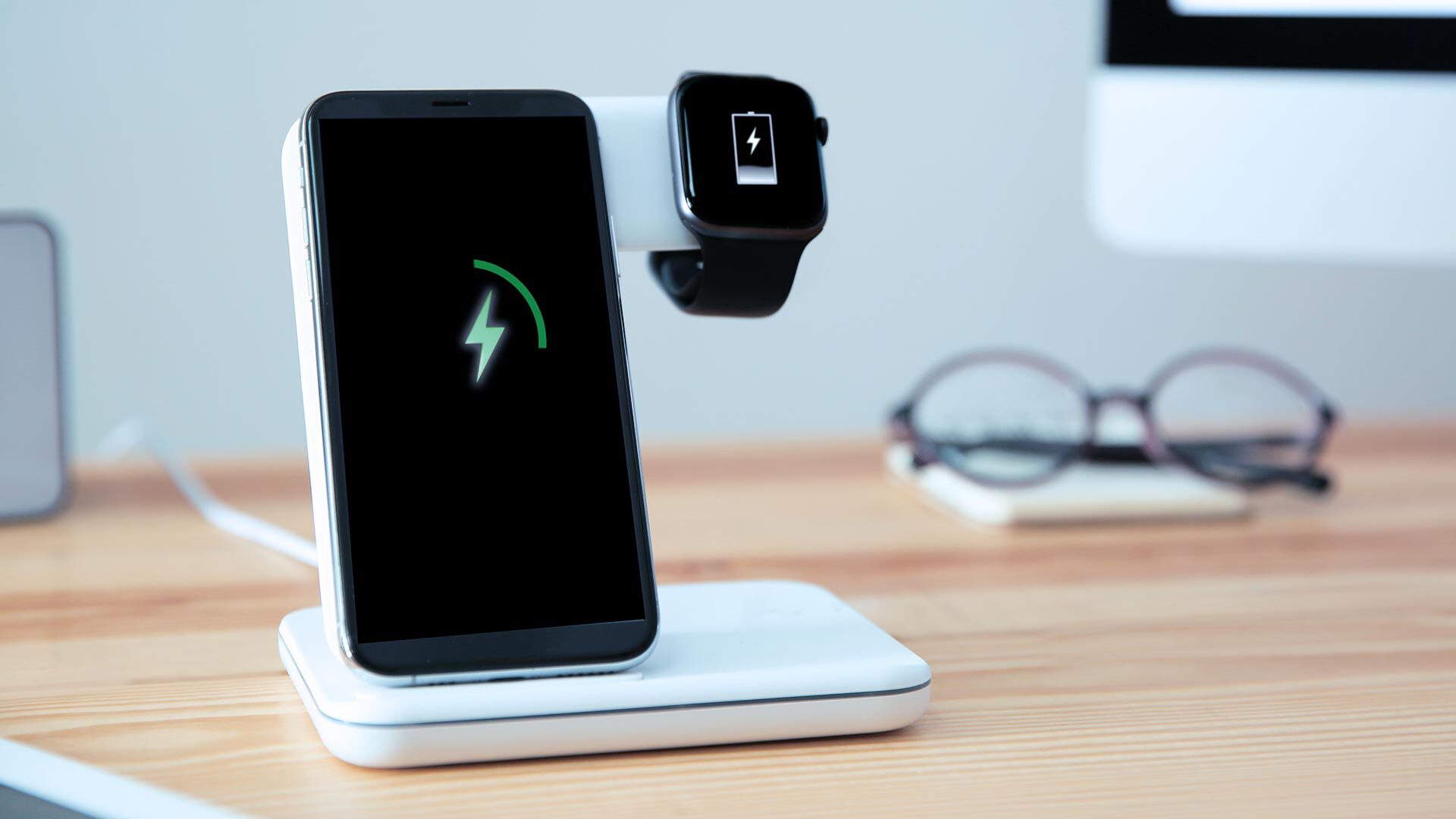
What is Qi?
Qi is an open global standard that allows devices to be charged by simply placing them on a charging station without the need for physical cables. Qi chargers use electromagnetic induction to transfer power from the charging station to the device being charged.
The efforts of the Wireless Power Consortium have helped drive the adoption and spread of wireless charging technology, as the Qi standard has been adopted by many device manufacturers worldwide. This has made it easier for consumers to charge their electronic devices without having to worry about different types of cables or connectors.
How does Qi work?
Qi technology is based on the principle of electromagnetic induction. And this is how the Qi technology works:
- Transmitter (charging station):
The Qi charging station contains a coil that allows electric current to flow through it. This current creates a magnetic field around the coil. - Receiver (device to charge):
The device to be charged, which is also equipped with a Qi-enabled coil, is placed on the charging station. This coil in the device is called the receiver. - Electromagnetic induction:
the magnetic field generated by the coil in the charging station creates a corresponding alternating field. When the device to be charged is placed on the charging station, this alternating field is detected by the receiver coil in the device. - Inductive power transfer:
When the alternating field reaches the receiver coil, this creates an electrical voltage in the coil of the device. This voltage is generated by a process called inductive coupling. The generated voltage can then be converted into direct current to charge the device’s battery. - Charging the device:
the electrical energy generated is used by the charging process to charge the battery of the device. This enables wireless charging without the need for physical cables between the charging station and the device.
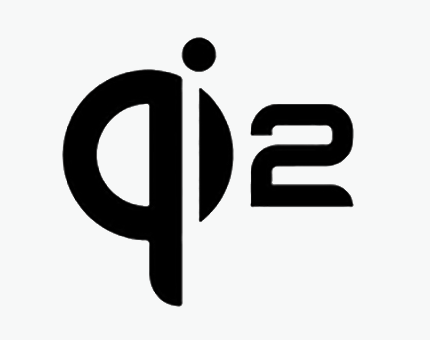
What is Qi2?
Building on the success of the original Qi technology, the WPC is now introducing Qi2 – an evolution in wireless power technology. With Qi2, users can expect even more efficient and faster charging capabilities for their electronic devices.
This upgraded standard promises enhanced interoperability between different brands and models, ensuring a seamless charging experience across a wide range of devices. Furthermore, Qi2 brings improved spatial freedom, allowing users to charge their devices at greater distances from the charging pad.
What changes technologically
with the introduction of Qi2 and the new Qi2-standard?
The Qi2 technology introduces significant advancements and key features that enhance wireless charging capabilities. One of its notable features is increased power delivery, allowing for faster and more efficient charging. With Qi2, devices can receive up to 15 watts of power, enabling quicker charging times compared to its predecessor.
Additionally, Qi2 incorporates better foreign object detection capabilities, ensuring safer and more reliable charging experiences by preventing potential hazards caused by incompatible objects placed on the charger. These advancements make Qi2 an exciting development in wireless power transfer technology.
Compatibility and interoperability:
How Qi2 enhances wireless charging standards
The introduction of Qi2 will revolutionize wireless charging standards, particularly in terms of compatibility and interoperability. The Qi2 standard ensures seamless integration between various devices, allowing for effortless charging across a wide range of electronics. With enhanced compatibility, Qi2 eliminates the need for multiple chargers or adapters, simplifying the user experience. This advancement enables users to charge Qi-enabled devices with a single charger or charging pad.
Moreover, Qi2 offers improved interoperability by enabling cross-brand compatibility. Users are no longer restricted to specific brands or manufacturers; instead, they can enjoy the convenience of wireless charging regardless of their device’s make or model.
As the wireless power technology continues to evolve, the future of Qi2 holds immense potential for a variety of applications and benefits. One key area where Qi2 can make a significant impact is in the automotive industry. With this advanced wireless charging standard, electric vehicles can be seamlessly charged without the need for physical connectors or cables, revolutionizing the way we power our cars. But it is also gaining momentum in the healthcare, aerospace, and the consumer goods production industries.
Requirements for Qi2 certification
In order to obtain Qi2 certification, a company must meet specific criteria and adhere to guidelines. Firstly, the company must have already obtained Qi1 certification, which ensures that their products comply with basic wireless charging standards.
Companies seeking Qi2 certification must also provide evidence of testing procedures for their products. This involves conducting various tests such as electrical safety, electromagnetic compatibility (EMC), thermal performance, and foreign object detection, as we perform in the cetecom advanced laboratories.
Process of obtaining Qi2 certification
Obtaining Qi2 certification involves a comprehensive evaluation process that ensures the highest quality standards for electronic products. The process begins with the manufacturer submitting an application to a designated Qi2 certification body. This application includes detailed information about the product, such as technical specifications and compliance documentation. Once the application is received, the certification body conducts a thorough review to ensure compliance with Qi2 specifications.
This involves testing the product’s design, performance, and safety features. Additionally, laboratory testing is performed to verify that the product meets all necessary requirements. If the product successfully passes these evaluations, it will be granted Qi2 certification by the designated body. The manufacturer will then receive an official certificate and authorization to display the Qi2 logo on their product packaging or marketing materials.
Benefits and the importance of a Qi2 certification
The Qi2 certification holds immense benefits and importance within the realm of technology and consumer electronics. Firstly, it guarantees interoperability between different wireless charging devices, ensuring that users can seamlessly charge their devices regardless of the brand or model. This standardization promotes convenience and ease of use for consumers. Moreover, Qi2 certification signifies compliance with stringent safety regulations. Devices bearing this certification have undergone rigorous testing to ensure they meet the highest safety standards, protecting both users and their electronic devices from potential hazards.
Additionally, the „Qi2 certified“ label serves as a mark of quality. Certified products are guaranteed to perform optimally, providing efficient and reliable wireless charging capabilities. This not only enhances user experience but also fosters trust in the brand or manufacturer. Furthermore, Qi2 certification encourages innovation by providing a common platform for device manufacturers to collaborate and develop new technologies. It fosters competition among manufacturers to create cutting-edge products while maintaining compatibility with existing Qi-enabled devices.
How cetecom advanced can help you as a service provider
The laboratories of cetecom advanced have always been pioneers in Qi certification. As a long-standing member of the WPC, we have been involved in the further development of the Qi standard from an early stage and are a reliable partner for the Qi certification of our customers.
Within the scope of our services we offer our customers a comprehensive portfolio of wireless power transmission testing. In addition to a large number of regulatory tests for worldwide market approvals, our laboratory in Germany is the only test laboratory in Europe that offers certification tests according to various Qi profiles, while our US laboratory in Milpitas is the only Qi ATL in the North America capable of testing products designed for 15w charging capabilities.


